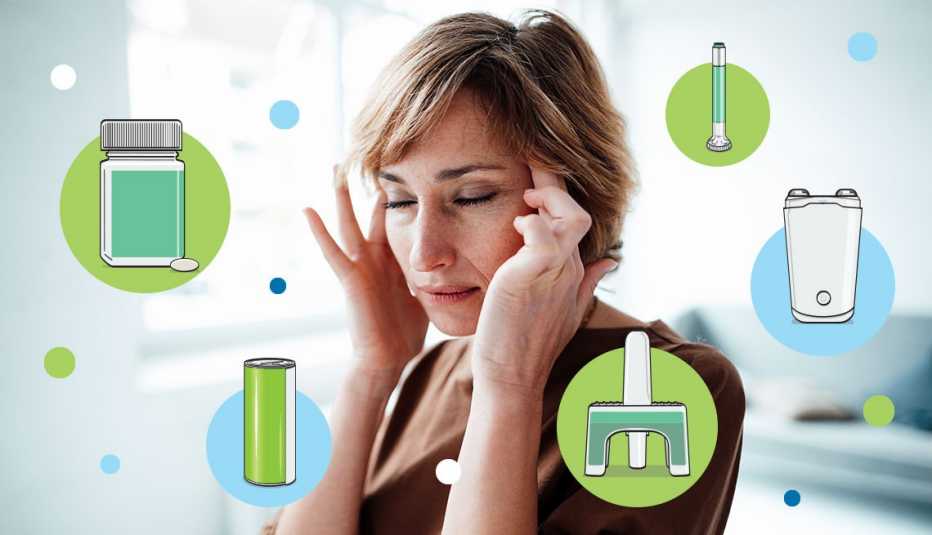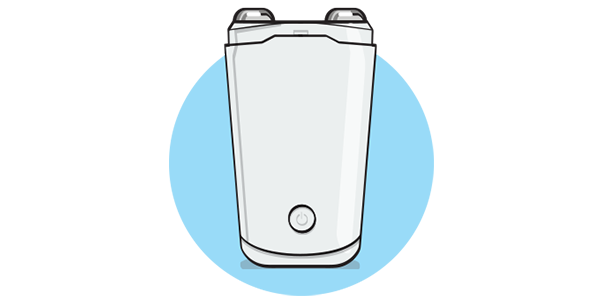AARP Hearing Center


It’s an exciting time to have a migraine. OK, maybe not really, but if you’ve struggled over the years with this unique breed of brain pain (as opposed to the more common and muscle-based tension headache), relief may finally be in sight.
To have a migraine brain is to have a highly reactive brain that does not respond well to changes in light, temperature, sound or even smell. Anything that triggers this increased sensitivity can cause your brain to start zipping off pain signals.
The headache can last up to 72 hours, but the full duration of an attack may be a week. For some, there is no headache at all, but other symptoms — flashes of light or bright spots, loss of sight, nausea, numbness or tingling — can mimic alarming, ER-worthy conditions.
In other words, don’t think of a migraine as a simple headache. “It’s a genetic neurologic disease,” says Nina Riggins, M.D., neurologist, headache specialist and president of the Brain Performance Center and Research Institute. There’s been a sea change as to how we speak about migraine — someone doesn’t “have migraines,” they experience “migraine,” an important distinction that speaks to the disruptive and disabling nature of this disease. At its heart, migraine may be the product of a more sensitized nervous system, though researchers are still trying to unfold the exact cause. “We think the central nervous system of migraine patients is more sensitive to lifestyle disruptions,” says Katherine Carroll, M.D., a neurologist with the Northwestern Medicine Comprehensive Headache Center in Chicago.
AARP Brain Health Resource Center
Find in-depth journalism and explainers on diseases of the brain — dementia, stroke, Parkinson’s disease, mental-health topics. Learn about healthy habits that support memory and mental skills.
How migraine changes with age
One in 10 older adults experience migraine every year, according to research in the journal Neurology and Neuroscience. Symptoms evolve with age, especially for women after menopause, as the monthly rise and fall of hormones is a common trigger. (Women are two to three times more likely to experience migraine than men.) The headache, which in younger people often manifests as a pulsating ache on one side of the head, may shift to both sides of the head as a person ages, Riggins says. Older people are also less likely to be light- and sound-sensitive or to have other traditional migraine symptoms, such as nausea and vomiting.









































































More From AARP
4 Foods That Can Trigger Migraines
These snacks and drinks could be fueling your headaches3 Stress-Reduction Techniques
Try these relaxation methods to ease stress and nourish the body at AARP® Staying Sharp®
6 Surprising Reasons For a Headache
Smells, hairstyles, weather and even sex can be triggersRecommended for You